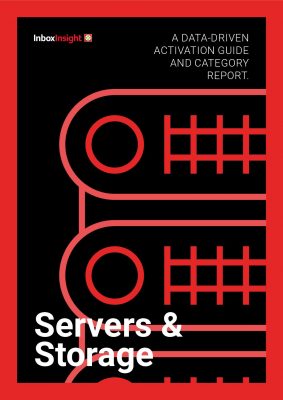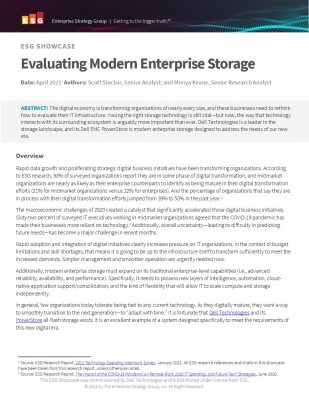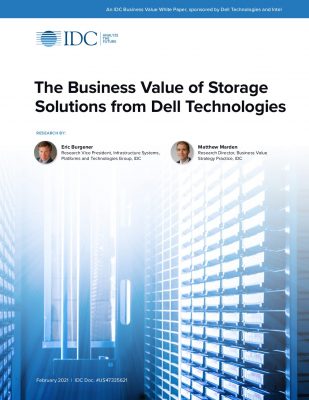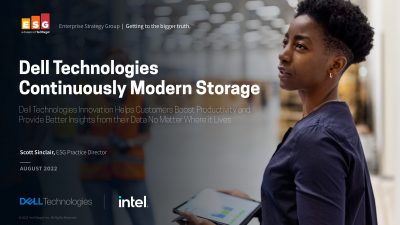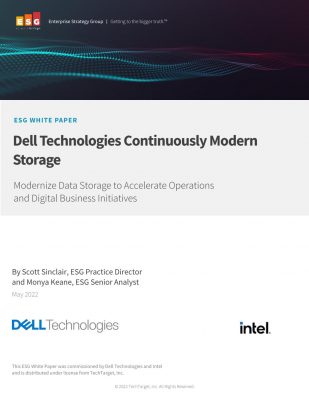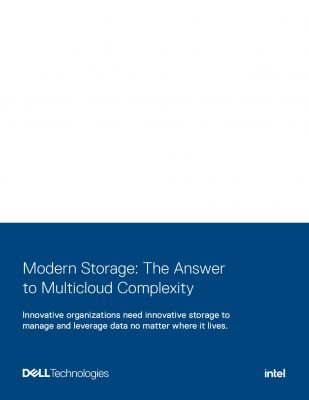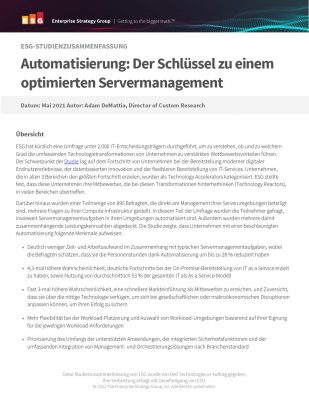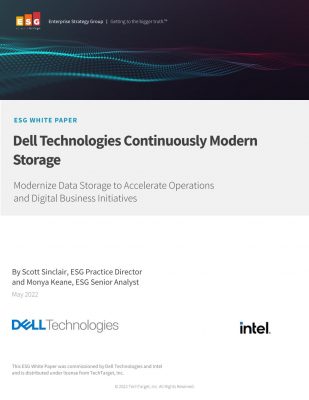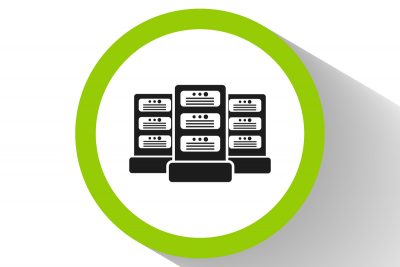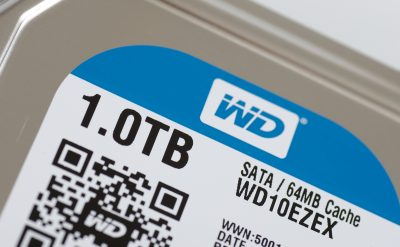Data is considered as the lifeblood of the enterprises in the modern era of analytics, it also shows how responsible are the enterprises in managing, protecting and using the data? Enterprises have to deal with the data storage complexities with various security and access to the data for different application challenges. The legacy hardware failed to promote many of the current application requirements. With security and flexibility been the biggest issues that prompted many of the enterprises to adopt cloud technology. Before we dive deep into understanding the new technology scenario lets define the enterprise barrier.
Current Storage Environment
Before Accepting The New Data Storage Solution, Enterprises Must Answer The Following Questions:
1. What are the challenges in managing the current enterprise environment?
2. How do these challenges affect the enterprise?
3. What is the underlying software you are using currently along with requirements for the future?
Requirements for The New Storage Solutions
What are your storage requirement- performance, flexibility, and capacity? Are in need of encryption feature for your cloud depending on your data and performance requirement? Do you intend to manage the storage infrastructure on your own or consider getting a service? Cloud service will depend on your data using the flexibility you can use the -Hybrid, Public or Private Cloud? Any other infrastructure requirements you have in terms of network or security?
Data Protection as An Option
As data usage rises, so will be the attacks on the data and exposing the data to different cyber-attacks. Do you plan to have cybersecurity in place to protect the data; disaster recovery and data backup are also other solutions that the enterprise might consider. Data encryption solution can also be an option for data security combined with network security.
Migrating To the New Setup
How much of the data needs to be migrated is the adoption of a different kind of system is done? The type of tools needed for the migration, the total time duration required for the migration, the responsibility of the migration?
Time Frame and Budget
Deciding the time frame required to support the total set-up of storage that will further determine an action-plan based on the future applications and growth options? Enterprises need to improve the offering with time and scale of growth? Revenue expenditure will depend on the consumption of data storage.
Solutions to Improve Your New Storage
There are multiple things to consider while adopting the data storage solutions and infinite numbers of individuals are responsible for implementing the data storage technology. Many of the enterprises are actually get confused and overwhelmed by the different storage solutions that can solve the individual bottlenecks.
New Storage Solutions
New Storage technologies are disrupting the way enterprises can adapt to different application requirements. With flexibility and unlimited storage option, the enterprises are expected to adopt the technology with channelized policies of implementation and revenue structure. Enterprises that look to accept innovative storage technology get overwhelmed with options making it difficult to make the decision.
As-A-Service Solution
Cloud providers provide different types of storage solutions and all the solutions come under the category of “As a Service”. Enterprises are hopping on to these solutions with pay on a subscription basis. This assists to plan different infrastructure solutions based on the growth. With an ever-changing landscape, flexible storage options such as IaaS and SaaS can help the enterprises deal with budget cuts. Using the different service storage solutions the enterprises can pay according to the monthly, quarterly or yearly requirement.
Hybrid Solutions
The hybrid storage solution is increasingly becoming popular because of two combined options- Public and Private cloud storage is available. Sensitive data can be stored in the private cloud while the public cloud can be kept for different types of temporary data.
The Algorithm to Sort The Data
Enterprises that heavily utilize cloud storage and deal with a range of different data can understand that data can be a confusing part of the technology. Manually sorting different types of data can be cumbersome when data quantity is large enough. An algorithm that can sort through different categories of the data and store them at the appropriate location can assist the IT admin to find the most critical data during recovery and backup.
Flash Storage Environment
Enterprises that have an insignificant requirement of storage can go in for inbuilt storage. Many storage hardware providers equip the hardware with the flash storage that is fast, flexible and the cost of flash storage is also reducing. The need of separate hardware storage is actually independent of the bottom line technology to assists the enterprises that want to leverage the technology.
Virtualization
Software-defined data storage allows the enterprise to become more agile in technology. Using virtualization a single storage facility can be used for multiple purposes. It creates different blocks of storage facilities that can be accessed based on user privileges. It enables the enterprises to utilize the given storage for multiple purposes, without investing in the new storage facilities. One of the common examples of virtualization in data storage can be seen with ROM being divided into personal computers to help us maintain the data differently. If one of the virtualized storage gets affected due to upgrade it will not affect the other virtual storage.
Enterprises that view storage as a long term technology solution and challenge will understand that the storage strategy will change as the requirement differs. Investing in storage solutions will help in eliminating the incumbency of security and agility of storage. Solution providers are many but which storage requirement will help your long term gain.
To know more about storage solutions you can download our whitepapers.


